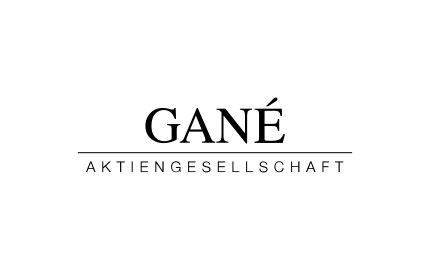The demise of the U.S. Silicon Valley Bank and Signature Bank has brought back memories of the Great Financial Crisis of 2008. Collapsing stock prices, crate-dragging Lehman bankers and government officials pleading for prudence dominated the news back then. And today? Small and mid-sized U.S. banks are losing cash deposits, in some cases rapidly, and as stock prices fall, prices for credit default swaps are skyrocketing. Even a giant institution like Credit Suisse is not protected from this. Its history ended after 167 years in an emergency bailout and forced takeover by competitor UBS. Are we even experiencing a global financial crisis 2.0?
One big difference from 2007 and 2008 is the global resolve of central banks and government bodies in addressing today’s crisis symptoms. Silicon Valley Bank was in trouble because management and regulators had allowed a serious mismatch between assets and liabilities. Short-term cash deposits were extended as loans and, moreover, invested in long-dated government and corporate bonds. The latter accumulated ever higher book losses due to aggressive central bank policies with rising interest rates. A landslide withdrawal of cash deposits exceeded the bank’s reserves, necessitating the rapid sale of bonds while realizing large losses. Immediately after the U.S. deposit insurance agency “FDIC” took control of Silicon Valley Bank and Signature Bank on March 10, 2023, and guaranteed the safety of deposits, the U.S. Federal Reserve established a so-called “Bank Term Funding Program” (BTFP). It guarantees banks a fast and uncomplicated supply of liquidity via secured credit facilities. This avoids losses for the institutions, as they hand over their bonds to the central bank as collateral at par value. At the same time, Joe Biden made it abundantly clear on March 13, 2023 – just three days later – with the statement “whatever is needed” that he is willing to stabilize the banking system at any price. By way of comparison, Mario Draghi’s “whatever it takes” statement was four years in coming after the Great Financial Crisis of 2008, until the European sovereign debt crisis in July 2012.
However, one common feature with the Great Financial Crisis can be seen today: Despite stress tests and higher capital requirements, the internal risk systems of credit institutions and government regulation are obviously not mature enough to prevent a sudden loss of confidence in the banking system. In addition, due to the enormous complexity of derivative structures, as in the case of Credit Suisse, a risk that is difficult to calculate lies dormant on the balance sheets of numerous systemically important banks. Why else would UBS have obtained a loss absorption guarantee of 9 billion Swiss francs and additional liquidity support of up to 200 billion Swiss francs from the Swiss government and the Swiss National Bank in the course of the takeover of Credit Suisse?
In any case, the rapid intervention of central banks and state bodies should be able to prevent a “banking crisis 2.0” for the time being. However, more transparency and more comprehensive regulation are necessary for long-term confidence in the banking sector. Since GANÉ wants to understand business models and the associated risks in detail, there are currently no equities or equity-related bonds of investment or retail banks in our portfolios. The easier a business model is to understand, the lower the risk of nasty surprises and the more accurately the expected returns can be calculated. We therefore continue to focus on business models of long-term winning companies that are comprehensible and can operate profitably with outstanding products and services even in times of crisis.
Author:

